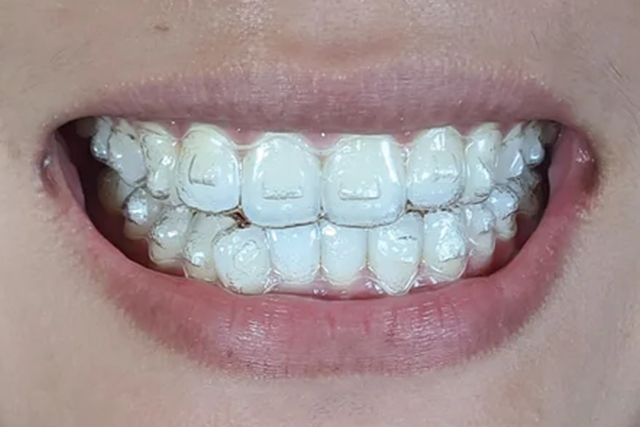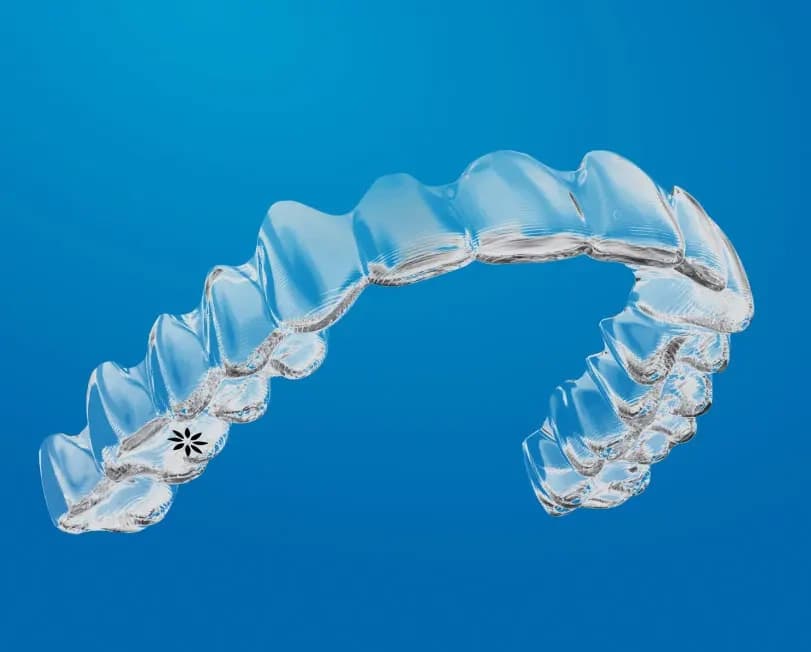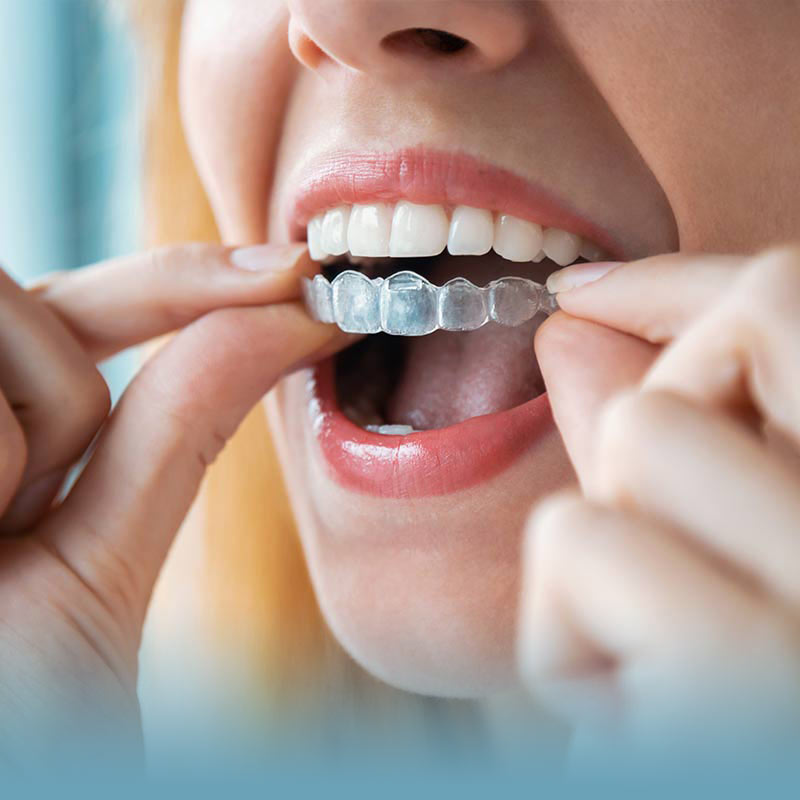Preserving Oral Health While Utilizing Invisalign: Tips for a Smooth Experience
Preserving Oral Health While Utilizing Invisalign: Tips for a Smooth Experience
Blog Article
Invisalign vs. Conventional Dental braces: Which Choice Is Right for You?
When considering orthodontic treatment, the selection between Invisalign and standard braces presents several essential elements that merit mindful analysis. Invisalign provides a very discreet choice with removable aligners, while standard dental braces offer an extra noticeable yet efficient remedy for extreme misalignment. Each alternative incorporates distinct benefits and disadvantages associated with aesthetic appeals, convenience, therapy period, and cost. Understanding these subtleties is crucial for making an informed decision that lines up with your individual choices and lifestyle. The inquiry continues to be: which alternative will best satisfy your orthodontic needs and expectations?
Review of Therapy Choices

In contrast, traditional braces include steel braces and cords that are bound to the teeth. This approach applies continual stress with time to attain positioning. While reliable for complicated orthodontic concerns, standard braces call for routine check outs for modifications and can position obstacles in maintaining dental health as a result of the problem of cleaning up around wires and brackets.
Both options have their benefits, and the option typically pivots on certain dental conditions, way of life choices, and patient compliance. Eventually, consulting an orthodontic specialist is crucial for establishing the most ideal treatment plan tailored to individual demands. Understanding the subtleties of each choice can substantially affect the total success of orthodontic treatment.
Visual Factors To Consider
A significant variable affecting the choice in between Invisalign and standard dental braces is the visual charm each therapy supplies. Invisalign aligners are crafted from clear plastic, making them basically unnoticeable when used.
On the other hand, traditional dental braces contain steel brackets and cords, which can be more obvious. While developments in orthodontic modern technology have caused the development of smaller sized brackets and tinted elastics, traditional dental braces still keep a more noticeable account. For some individuals, the exposure of braces may prevent them from looking for essential therapy.
Eventually, the selection in between Invisalign and traditional braces may pivot on individual choices regarding aesthetic appeals. Clients who focus on discernment usually lean towards Invisalign, while those that are much less worried regarding presence might choose traditional braces. Recognizing the aesthetic ramifications of each alternative is important for making an educated decision that straightens with one's lifestyle and preferences.
Convenience and Convenience

In regards to benefit, Invisalign go to these guys aligners are removable, allowing patients to appreciate their favorite foods without restriction and keep optimal oral hygiene. Cleaning and flossing are simplified, as the aligners can be taken out throughout these regimens, whereas conventional braces require mindful navigating around brackets and wires.
In comparison, standard dental braces demand normal adjustments, making them much less convenient for those with busy timetables. Generally, the comfort and comfort of Invisalign make it an attractive choice for numerous individuals looking for orthodontic treatment.
Treatment Duration and Performance
While both Invisalign and standard dental braces are efficient in dealing with dental imbalances, the duration of treatment can vary significantly between the 2 options. Commonly, Invisalign treatment can take anywhere from 12 to 18 months, relying on the intricacy of the case. The clear aligners work by progressively changing teeth into their preferred placements, and regular follow-ups with an orthodontist assistance ensure progress stays on course.
In contrast, traditional braces commonly require a longer commitment, normally varying from 18 months to 3 years. This is due to their fixed nature and making use of braces and wires, which can be much more efficient for complex instances and extreme misalignments (Invisalign). The treatment effectiveness of conventional braces is well-documented, as they enable precise changes and better control over tooth activity
Eventually, the selection in between Invisalign and standard braces may hinge on both the anticipated treatment period and the details oral problems available. Consulting with an orthodontist is crucial, as they can offer tailored recommendations based upon specific demands, ensuring the picked approach lines up Go Here with preferred durations and results.
Expense Comparison and Insurance Coverage Options
Price plays a significant role in the decision-making process for individuals taking into consideration orthodontic therapy, whether choosing Invisalign or standard dental braces. On average, the expense of Invisalign ranges from $3,000 to $8,000, while conventional braces commonly click to investigate cost in between $2,000 and $6,000. Factors affecting these expenses consist of the complexity of the instance, the period of therapy, and geographical location.
Lots of dental insurance policy plans supply partial coverage for orthodontic therapies, but the specifics can differ widely. Normally, traditional braces might be extra frequently covered by insurance coverage plans contrasted to Invisalign, which some insurers classify as an aesthetic procedure.
In addition, several orthodontic techniques offer adaptable layaway plan, making both therapy options more available. Individuals must ask about possible funding choices and discount rates for ahead of time settlements. Evaluating the total cost, including insurance coverage advantages and layaway plan, is essential for making an informed decision that aligns with both visual choices and spending plan factors to consider.

Conclusion
In summary, the option between Invisalign and standard dental braces rests on several aspects, including aesthetic preferences, comfort, treatment period, and cost. Invisalign offers a discreet, detachable alternative that helps with oral health and nutritional versatility, while standard dental braces may be better for intricate oral concerns and frequently come with a reduced rate factor. Eventually, assessment with an orthodontist is necessary to evaluate individual situations and figure out one of the most appropriate therapy alternative for attaining optimum dental alignment.
When considering orthodontic treatment, the choice in between Invisalign and typical dental braces presents a number of crucial elements that warrant cautious examination.Comparing Invisalign and traditional dental braces exposes distinctive treatment alternatives for orthodontic improvement.While both Invisalign and conventional dental braces are efficient in fixing dental imbalances, the period of treatment can differ dramatically between the 2 choices.Cost plays a substantial function in the decision-making process for people considering orthodontic therapy, whether opting for Invisalign or standard dental braces.In summary, the selection between Invisalign and typical braces pivots on multiple variables, including visual choices, comfort, therapy period, and cost.
Report this page